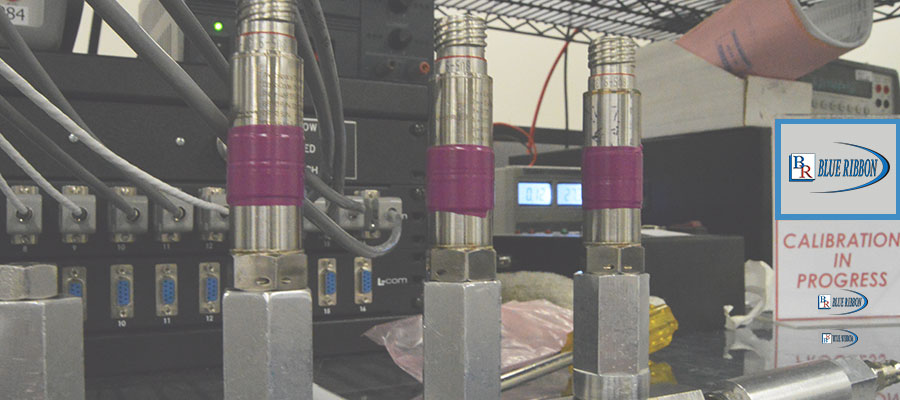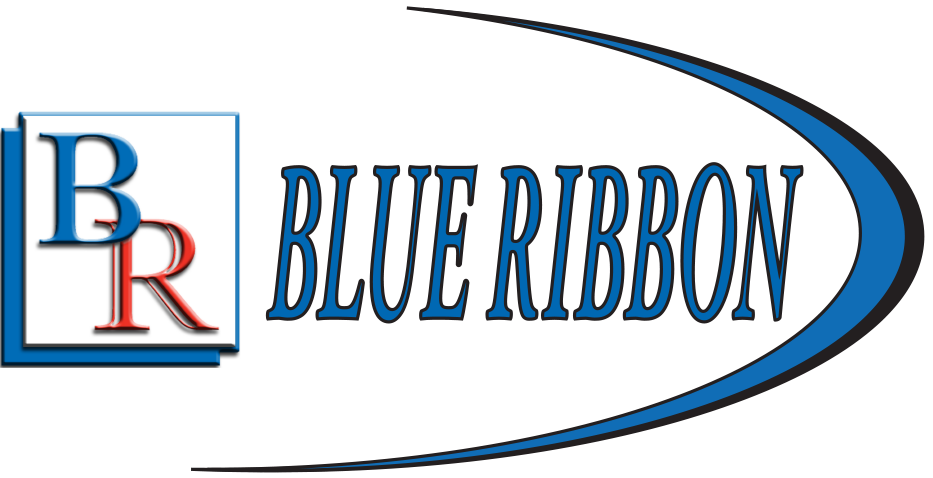
The following information is a basic guide for calibration or verification of a pressure transmitter’s accuracy.
Calibration is a process where the output signal of the sensor is compared to the value measured by an accurate device. The relationship between the measured and the accurate value is determined.
Normal calibration adjustment involves setting the zero point and span value. If you have a fixed range transmitter (without the zero and span adjustment option) you can only perform a verification of the transmitter’s accuracy. If this type of transmitter is out of specification, typically they must be returned to the factory for recalibration.
If the transmitter is used in conjunction with an adjustable panel meter or PLC and the zero and span can be altered on this measuring device, this may be done and calibrated as a system if acceptable in the application. If you have a transmitter with zero and span adjust, calibration of the end points may be performed to bring the unit within specification. However, if Linearity, Hysteresis or Repeatability are out of specification then the unit must be sent back to the factory.
A typical calibration setup requires an adjustable Pressure Source with a Pressure Standard, (measuring device that accurately verifies the input pressure), power supply and meter to read the transmitters output. 4-20mA, VDC or mV outputs are typical for most transmitters. This is dependent on the type of unit you are testing. The Pressure standard, in general, should be 4 times more accurate than the unit under test. For example, if you have a +/-0.5% accurate device, a +/-0.125% or better measuring device (Pressure Standard) of the source should be used. The pressure source and Standard are plumbed in line with the transmitter under test. The transmitter is then electrically powered per the transmitter’s specified input requirements and a meter installed to accurately measure the output. The accuracy of the meter being used should also be taken in consideration. The system should be powered up & allowed to warm up electrically. Typically 10-15 minutes is sufficient. The ambient & process temperature should also be stable. Calibration for standard Blue Ribbon Corp transmitters is done at room temperature- 68 degrees F. If just a 2-point or end point calibration or verification is required, a zero reading is first obtained. On gauge format units, this can be done by removing all pressure from the system. If this is an absolute format then a full vacuum must be applied to the required absolute zero level. Once this zero pressure is achieved and some time for settling is allowed, verification of the zero can be read. If zero adjust is available on the transmitter, the zero may be adjusted to within an acceptable limit now. If no zero adjust is available verification of the zero reading is recorded and a pass/ fail criteria determines whether the unit needs to be sent back for recalibration or is within the acceptable limits of the system being used in.
Pressure or vacuum is then applied equal to the full-scale range of the transmitter. The span reading is recorded. If the span is outside the acceptable limits and a span adjust is available it may now be adjusted to within the specifications. If there is no span adjustment then a determination as to whether the reading is outside of specification. Pressure is then reduced back to zero. The zero reading is then measured to ensure a good zero repeat is obtained. If the unit did not repeat, it’s a good indication there could be an issue with the device and may need to be returned to the factory for repair analysis. Again, this is a simple 2 point or end point calibration/ verification procedure. Some applications may require multiple data points be taken between Zero and Full Scale pressure and a mathematical relationship between the pressure input and the electrical output derived to calculated inaccuracy. This will determine factors like Linearity and Hysteresis.
Email us or call (877) 774-4751 or (716) 404-5884 (Outside US)
or find your Blue Ribbon Corp Factory Rep or Local Distributor using the links below.
Blue Ribbon Corp.
We firmly believe that the internet should be available and accessible to anyone, and are committed to providing a website that is accessible to the widest possible audience, regardless of circumstance and ability.
To fulfill this, we aim to adhere as strictly as possible to the World Wide Web Consortium’s (W3C) Web Content Accessibility Guidelines 2.1 (WCAG 2.1) at the AA level. These guidelines explain how to make web content accessible to people with a wide array of disabilities. Complying with those guidelines helps us ensure that the website is accessible to all people: blind people, people with motor impairments, visual impairment, cognitive disabilities, and more.
This website utilizes various technologies that are meant to make it as accessible as possible at all times. We utilize an accessibility interface that allows persons with specific disabilities to adjust the website’s UI (user interface) and design it to their personal needs.
Additionally, the website utilizes an AI-based application that runs in the background and optimizes its accessibility level constantly. This application remediates the website’s HTML, adapts Its functionality and behavior for screen-readers used by the blind users, and for keyboard functions used by individuals with motor impairments.
If you’ve found a malfunction or have ideas for improvement, we’ll be happy to hear from you. You can reach out to the website’s operators by using the following email
Our website implements the ARIA attributes (Accessible Rich Internet Applications) technique, alongside various different behavioral changes, to ensure blind users visiting with screen-readers are able to read, comprehend, and enjoy the website’s functions. As soon as a user with a screen-reader enters your site, they immediately receive a prompt to enter the Screen-Reader Profile so they can browse and operate your site effectively. Here’s how our website covers some of the most important screen-reader requirements, alongside console screenshots of code examples:
Screen-reader optimization: we run a background process that learns the website’s components from top to bottom, to ensure ongoing compliance even when updating the website. In this process, we provide screen-readers with meaningful data using the ARIA set of attributes. For example, we provide accurate form labels; descriptions for actionable icons (social media icons, search icons, cart icons, etc.); validation guidance for form inputs; element roles such as buttons, menus, modal dialogues (popups), and others. Additionally, the background process scans all the website’s images and provides an accurate and meaningful image-object-recognition-based description as an ALT (alternate text) tag for images that are not described. It will also extract texts that are embedded within the image, using an OCR (optical character recognition) technology. To turn on screen-reader adjustments at any time, users need only to press the Alt+1 keyboard combination. Screen-reader users also get automatic announcements to turn the Screen-reader mode on as soon as they enter the website.
These adjustments are compatible with all popular screen readers, including JAWS and NVDA.
Keyboard navigation optimization: The background process also adjusts the website’s HTML, and adds various behaviors using JavaScript code to make the website operable by the keyboard. This includes the ability to navigate the website using the Tab and Shift+Tab keys, operate dropdowns with the arrow keys, close them with Esc, trigger buttons and links using the Enter key, navigate between radio and checkbox elements using the arrow keys, and fill them in with the Spacebar or Enter key.Additionally, keyboard users will find quick-navigation and content-skip menus, available at any time by clicking Alt+1, or as the first elements of the site while navigating with the keyboard. The background process also handles triggered popups by moving the keyboard focus towards them as soon as they appear, and not allow the focus drift outside it.
Users can also use shortcuts such as “M” (menus), “H” (headings), “F” (forms), “B” (buttons), and “G” (graphics) to jump to specific elements.
We aim to support the widest array of browsers and assistive technologies as possible, so our users can choose the best fitting tools for them, with as few limitations as possible. Therefore, we have worked very hard to be able to support all major systems that comprise over 95% of the user market share including Google Chrome, Mozilla Firefox, Apple Safari, Opera and Microsoft Edge, JAWS and NVDA (screen readers).
Despite our very best efforts to allow anybody to adjust the website to their needs. There may still be pages or sections that are not fully accessible, are in the process of becoming accessible, or are lacking an adequate technological solution to make them accessible. Still, we are continually improving our accessibility, adding, updating and improving its options and features, and developing and adopting new technologies. All this is meant to reach the optimal level of accessibility, following technological advancements. For any assistance, please reach out to

